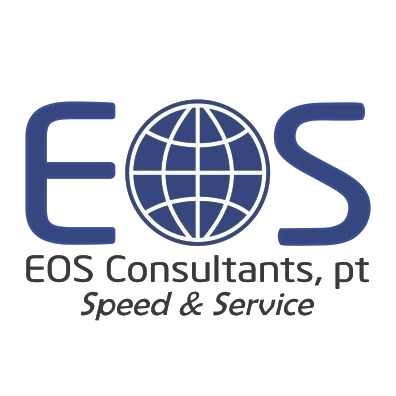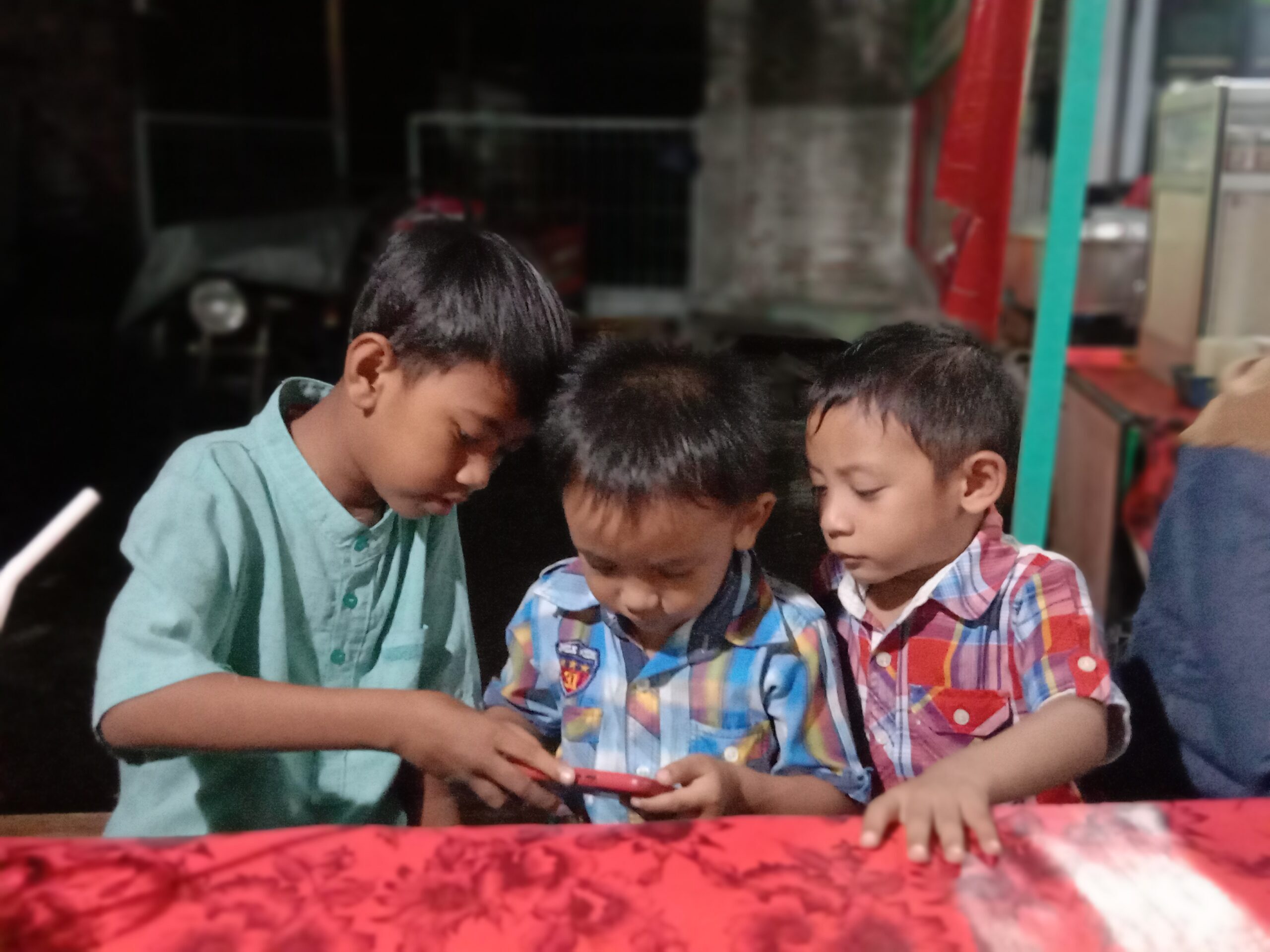Source >>>

Irene Holm Sørensen Follow Mar 8 · 6 min read
Imagine this scene.
It is the beginning of the first spring month. The sun breaks through and warms up the ground, and the grass starts to grow faster. Although during the day you might risk the first sunburn, the evenings are chill enough to make you heat up the fireplace. You withdraw to your armchair, put your feet up, enjoy a glass of wine to the crackling of the burning wood. You look into the flames and dream yourself away to a warm place, of traveling, of experiencing cultures, foods, music, nature, different to what you are used to. However, that distant place is not so distant after all. Something is tying this moment together although you might not realise, everything feeling so familiar.
Take a look around. A thorough look. The wine you are drinking, the house shoes you are wearing, the coaster underneath your wine glass, the basket of old wine corks you use to keep the fire going. You look to your pinboard where you pin your travel ideas, your next goals and wishes and whatever else you need to remember.
Do you see the connection? It is right in front of you. That’s it. Cork. A material you surround yourself with, however you are not necessarily aware of it. Your pinboard is made of cork, and so are the floorboards that you sweep across in your cork sole sandals, which keep your feet from picking up the cold from the ground and which protect your feet from the hot sand when you are on holiday. Cork is everywhere.

But what is cork exactly?
And why is it so present in your life you might add. First of all, cork is a natural material. It is a natural, durable, flexible, breathable material with many properties and qualities. Cork is the name of the bark from the Cork Oak tree, Quercus suber L. This oak tree has adapted to the climatic conditions specific to the Mediterranean Basin and therefore has its natural distribution in this geographical area, in particular the Western Mediterranean. Prone to extreme drought and wildfires, the Cork Oak has developed a thick coat of bark to protect itself. Eventually, humans and other animals have discovered the usefulness of this material and they have specialised in transforming the cork to suit their needs for shelter, temperature regulation, containers to carry water, and countless other purposes.

Cork Oaks grow dispersed in wide stands that resemble a savanna-like appearance. They tend to grow close to the south-western coast of the Iberian Peninsula, with the majority in the part of Portugal known as Alentejo. From the coast it spreads inland to Extremadura and Andalusia in Spain. Large forests are also found in the Maghreb, the north-western part of Africa. For millennia, these Cork Oak forests have been managed by harvesting and collecting cork, medicinal plants, mushrooms, honey, and the hunting of wild animals. The forests we see today are the result of a long-term co-existence between people and wildlife that together has shaped the interconnectedness of this particular landscape. As these forests have increasingly been cultivated, an intimate agroforestry system has been established which is rich in biological and cultural heritage.

Throughout time,
Cork Oak forests have set the scene for many historic events that pull and weave threads across scales, from local ingenuity to matters of global importance. With new socio-economic trends, the human connection to the forest system has increasingly taken a utilitarian perspective in terms of intensively exploiting the resources at hand. This intensification has brought about unsustainable management practices and has pushed traditional Cork Oak forests to the edge of existence.
Currently, the forests are under pressure from a changing climate with the inevitable threats of new pests and diseases. To add to these biophysical factors, the lack of profitability and increased competition in alternative jobs have forced people to move from the countryside into the cities; the so-called rural outmigration. This trend in land abandonment has led to forests rewilding with an expanded growth of shrubs which increases the risk of wildfires to spread over large distances.
This is a pretty depressing situation.
However, as it seems like it could not get any worse, a tiny hope appears, bringing us back to the beginning of the story and to the material that all of this is about. Cork. Cork is a many-faceted material that is riding an up-wind with the current sustainability agenda, promoting sustainable economic, ecological, social and cultural principles for land-use systems.At the same time, there is an increasing trend in experimenting with product design made from materials that have a natural origin and can be recycled to a full extend.
Exploring possibilities for sustainability through a traditional material makes good sense. This meeting point of innovation and tradition reaches out to a broad range of people who each have their personal connection to the material, or else they build an intuitive relation in the moment they are met with an object that wakes their curiosity or goodwill. New markets are opening up to new clients such as tourists, designers, and engineers, all with their respective agendas and preconceived interests in the material.

If we are to find a sustainable way to manage the Cork Oak forests,
of course the harvest and supply needs to be profitable — and there need to be consumers at the other end of the line. However, only mass-producing without thinking any further, without knowing what potentials are available, cannot be seen as a step in the right direction. Referring only to an economic value at the end of the commodity chain today does not seem to be the only possibility to drive development, which is why many of the new products are speaking to different aspects and values depending on who is present along the way from production to consumption.
So, let’s go back to where we started and close the circle. When you sit back and comfortably relax in your familiar surroundings, dreaming of exploring or saving the world, think about what you are already doing by noticing the objects around you. Acknowledging the origins of things may provide you with a deeper understanding of the connections in the world; even without having to travel — or in these days — being able to.

This text is a free description of some of the themes and research currently going on with the working group Socio-ecological Interactions in Agricultural Systems at the Universities of Kassel and Göttingen. It has been an attempt to connect the dots and tell the story, in plain language, of the phenomena we put under the microscope and scrutinise to look for connections and relations. By writing this entry, I have tried to create images in the mind based on the immediate reality of our everyday lives, by uncomplicating science and scientific language and concepts. Value-laden opinions presented are my own and they reflect the subjectiveness of the researcher. If you think that this has been a nice try, do please get in touch by leaving a comment.
For more details about our current research project Landscape Chains: Linking places and processes for sustainability, please visit: https://www.uni-kassel.de/forschung/landscape-chains/project/ .
Thanks to all friends and photographers who spontaneously explored their own worldly interconnectedness on a sunny spring afternoon.

Reference: Aronson, Pereira, Pausas (eds.), 2009: Cork Oak Woodlands on the Edge: Ecology, Adaptive Management, and Restoration. Society of Ecological Restoration International, Island Press.

